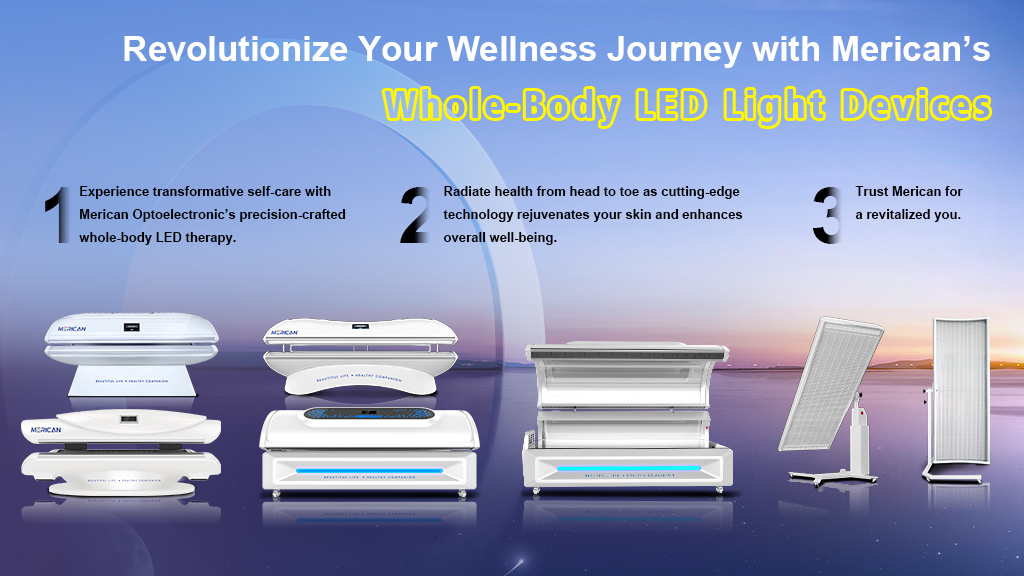Tanning beds, also known as sunbeds or solariums, are artificial devices designed to simulate the effects of sunlight on the skin—specifically, to induce tanning. They are popular in salons and spas, but how exactly do these machines give your skin that bronzed glow? Here’s a breakdown of how tanning beds work and what happens to your skin when you use one.
The Science Behind Tanning
Tanning is your skin’s natural defense mechanism against UV radiation. When your skin is exposed to UV rays, it produces melanin, a pigment that darkens the skin to protect deeper layers from DNA damage.
Tanning beds reproduce this process using artificial UV light, mainly UVA and sometimes UVB, to stimulate melanin production and create a tan.
What Kind of Light Do Tanning Beds Use?
Tanning beds emit ultraviolet (UV) radiation, similar to the sun, but in a controlled environment.
There are two main types of UV radiation involved:
Type Description Effect on Skin
UVA Longer wavelength Penetrates deeper into the skin, causes tanning and aging
UVB Shorter wavelength Affects the outer layer of the skin, responsible for sunburn and vitamin D production
Most modern tanning beds use mostly UVA rays, which darken the skin more quickly but are also linked to premature aging and skin cancer.
How a Tanning Bed Works – Step by Step
The user lies inside the bed (either a horizontal or vertical model), typically wearing protective goggles.
High-intensity fluorescent bulbs emit UV radiation.
Exposure usually lasts between 5 to 20 minutes, depending on skin type and machine strength.
UV rays penetrate the skin and trigger melanin production, leading to a tan over the next 24–48 hours.
Risks Associated with Tanning Beds
While the process may sound straightforward, there are significant health risks involved:
Skin cancer (melanoma, squamous cell carcinoma, basal cell carcinoma)
Premature skin aging (wrinkles, leathery texture, sun spots)
Eye damage (cataracts, retinal burns, if not wearing proper goggles)
Immune suppression
The World Health Organization classifies tanning beds as Group 1 carcinogens, meaning they are proven to cause cancer in humans.
Safer Alternatives
If you want a sun-kissed glow without the risks, consider these options:
Self-tanning lotions or sprays
Airbrush tanning
Bronzers and tinted moisturizers
These products do not involve UV radiation and are far safer for your skin.
Conclusion
Tanning beds work by using UV radiation to stimulate melanin production, mimicking the natural tanning process of the sun. However, the risks—especially skin cancer and premature aging—are serious and well-documented. While tanning beds may provide fast cosmetic results, the long-term health consequences make safer alternatives a smarter choice.

